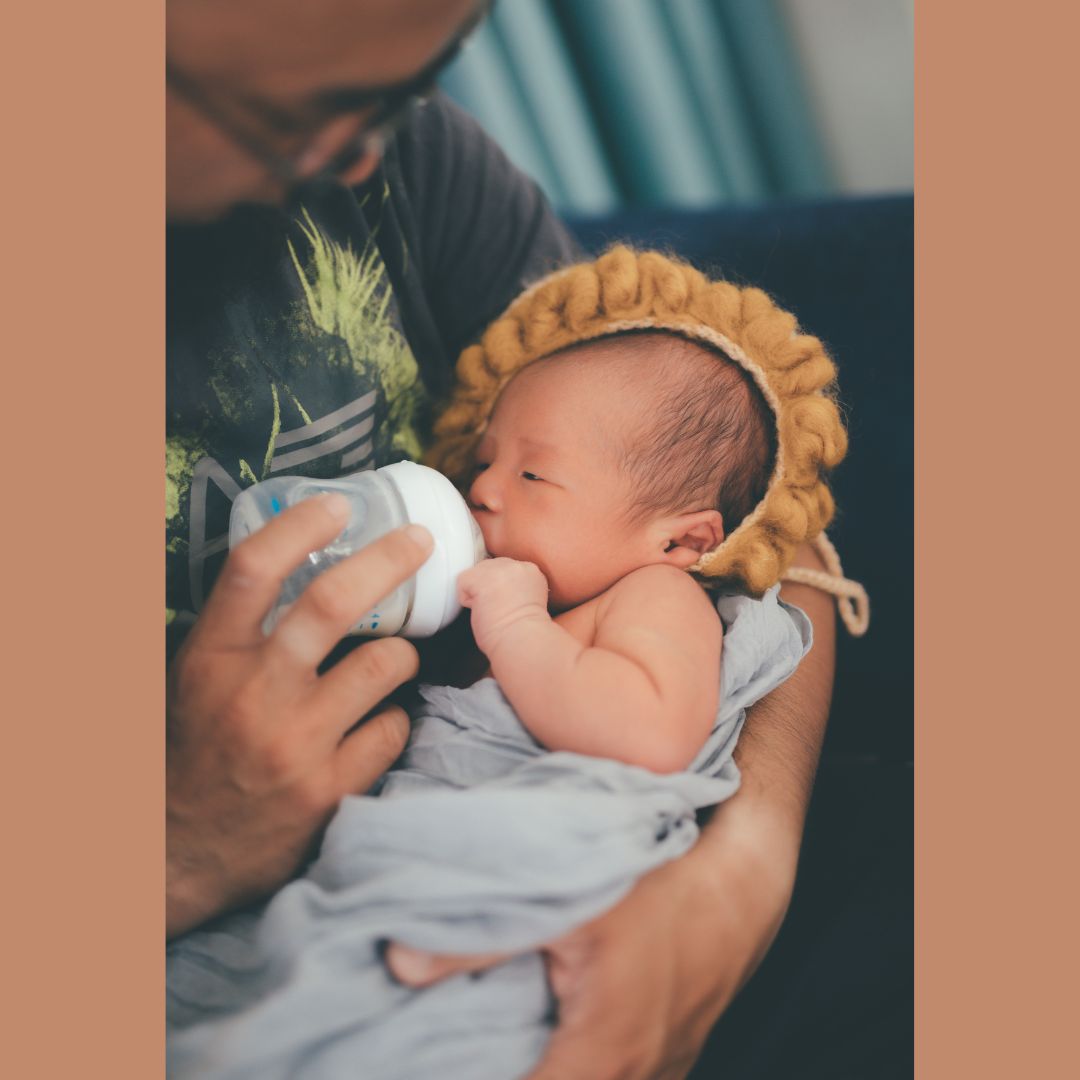
Unlocking the Secrets to a Perfect Bedtime Ritual for Your Child
Creating an effective bedtime routine for your child is crucial for promoting healthy sleep habits. While many parents understand the need for a structured bedtime routine, it’s important to delve deeper into the nuances of doing it right. Let’s explore the key elements that make up a successful bedtime ritual and see that the most common sleep mistake actually happens during the bedtime routine.
The Purpose of a Bedtime Routine
A bedtime routine serves as a vital cue for our bodies and minds, signaling the transition from the active day to the restful night. For adults, this might involve activities like washing your face, brushing your teeth, and changing into pajamas. These steps are not merely about hygiene; they help prepare your body and mind for rest. For children, the same principle applies, but with additional benefits.
Ideal Duration: Finding the Sweet Spot
Striking the right balance in the duration of your child’s bedtime routine is essential. The routine should be long enough to signal the body that it’s time to wind down but not so lengthy that it becomes tiresome or confusing. Aim for a duration of twenty to thirty minutes. This timeframe is sufficient to set the stage for sleep without overwhelming your child.
Incorporating the Bedroom: Creating a Calm Environment
A significant portion of the bedtime routine should take place in your child’s bedroom. This strategy helps eliminate distractions and fosters a sense of calm and readiness for sleep. Activities such as reading a bedtime story, dimming the lights, or listening to soft music can help signal to your child that it’s time to sleep.
The Pitfall of Feeding to Sleep
One common stumbling block in bedtime routines is feeding your baby to sleep. While it might seem logical to ensure they are full before bed, relying on feeding as a sleep aid can lead to dependency. Babies who fall asleep while feeding often struggle to self-soothe during night awakenings, resulting in disrupted sleep for both the baby and parents.
Encouraging Independent Sleep Skills
Instead of feeding your baby to sleep, aim to place them in their crib while they are still awake. This can be achieved by moving the feed to the beginning of the bedtime routine. This practice encourages your baby to develop the essential skill of falling asleep independently. By learning to self-soothe, your baby will be better equipped to handle night awakenings, leading to more restful nights for everyone.
Strategies for Transitioning to Independent Sleep
If you are unsure about how to proceed after placing your baby in the crib awake, there are various strategies that can help. Techniques such as the “shush-pat” method, gentle reassurance, or gradual retreat can guide your baby towards self-soothing. Each child is different, so finding the approach that works best for your baby is key. As a Certified Pediatric Sleep Consultant, I can offer personalized guidance to help you through this transition and create a plan that feels right for your family specifically.
Reflect and Adjust
As you reflect on your current bedtime routine, consider whether feeding to sleep might be a stumbling block. Making this adjustment could be the key to unlocking better sleep for your little one—and for you. A well-structured bedtime routine that encourages independent sleep skills is pivotal for your child’s ability to sleep through the night and manage any awakenings with ease.
By focusing on these elements and making small adjustments where necessary, you can create a bedtime ritual that promotes healthy sleep habits, ensuring that both you and your child enjoy more restful and restorative nights.
Wishing you peaceful nights and more Slumber Time,
Jade Smith, Certified Pediatric Sleep Consultant
See other families with sleep challenges similar to your own & find out what they have to say about Slumber Time Sleep Consulting






